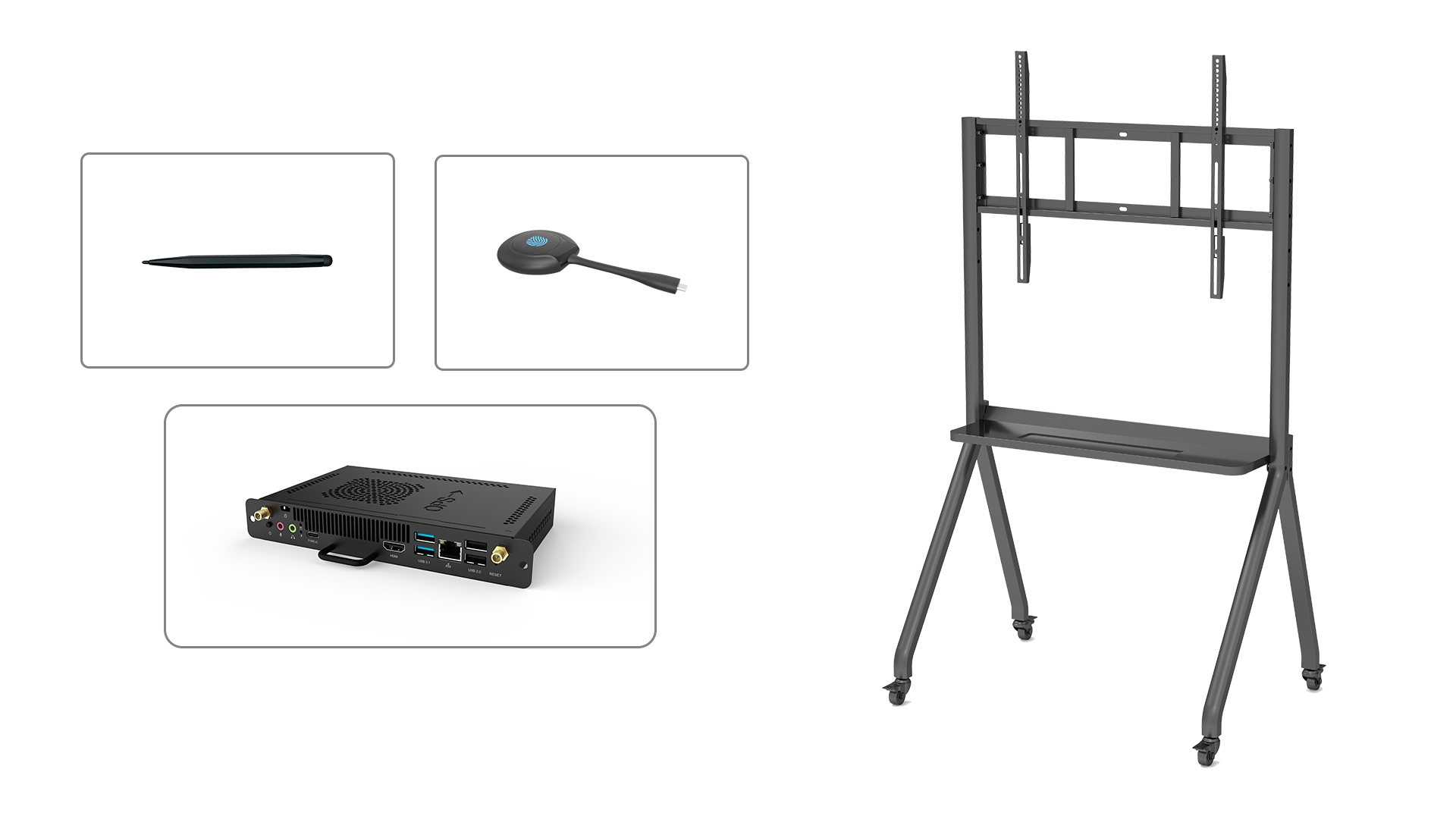smartboard phonics games for kindergarten: A Fun and Effective Teaching Tool
Phonics is an essential skill that every kindergarten student must learn. By teaching phonics, we help children learn how to read, write, spell, and communicate. While traditional teaching methods can be effective, technology has made it easier for teachers to engage students through interactive and exciting activities. Smartboard phonics games for kindergarten are an excellent tool that can make learning phonics fun and effective. In this article, we’ll explore why smartboard phonics games are so great for teaching kindergarten students.
1. Interactive Learning
Smartboard phonics games allow for interactive learning, which means students can participate in the learning process actively. Unlike traditional methods where teachers lecture and students listen passively, smartboard phonics games engage students through hands-on activities. Using Smartboard phonics games, kindergarten students can practice letter identification, letter sounds, blending, sorting and matching letter-sound relationships, vocabulary development, and much more. Interactive learning not only helps students stay engaged, but it also promotes knowledge retention.
2. Visual Learning
Kindergarten students are visual learners. Smartboard phonics games incorporate visual elements such as animations, graphics, and videos that make learning more exciting and easier. Visual aids help students understand abstract concepts, which is crucial when learning phonics. Smartboard phonics games for kindergarten help children remember letters, sounds, and words by associating them with pictures or drawings. Visual learning also benefits students with special needs as it can cater to different learning styles.
3. Boosts Engagement and Motivation
Smartboard phonics games for kindergarten are not only educational but also fun. Kids love playing games, and smartboard games can be customized with different themes, levels, and challenges. These games not only grab their attention but also keep them motivated. Engaged students learn more efficiently and have a higher likelihood of retaining what they learned. Smartboard phonics games are also ideal for differentiation, where students with different abilities can play games that suit their learning needs.
4. Aligns with Standards
The use of Smartboard phonics games is aligned with the phonics standards of kindergarten curriculum in most states. Teachers can use Smartboard phonics games to address specific skills or objectives that have been identified as crucial for student success. Smartboard phonics games cover the entire phonics scope and sequence, including phonological awareness, phonemic awareness, vocabulary development, and phonics decoding.
5. Cost-Effective Tool
The use of Smartboard phonics games is an affordable and cost-effective option for phonics instruction in kindergarten. Schools can purchase Smartboard hardware equipment, which becomes a permanent asset for the institution. Additionally, there are a plethora of free or inexpensive phonics games on the internet that teachers can download and customize to suit their teaching needs.
6. Time-Saving Tool
Smartboard phonics games are a time-saving tool for teachers. With Smartboard games, teachers can prepare lesson plans that align with specific teaching objectives in less time. Teachers can also customize instructional plans using game templates and adjust activities to suit individual student needs. Additionally, teachers can reuse materials for multiple classes, saving time and energy.
7. Communicates With Parents
Smartboard phonics games give kindergarten teachers an opportunity to communicate with parents. By incorporating Smartboard phonics games into their teaching, parents can monitor their children’s progress by observing what they are learning and how thoroughly they are learning it. Teachers can also share which games they have used in class with parents, letting them take an active role in their child’s learning process.
8. Makes Learning Fun
Phonics can be a challenging subject for kindergarten students. Smartboard phonics games make learning fun. When using Smartboard phonics games, teachers can create an enjoyable and stimulating learning environment where students don’t feel pressured to learn. Children can learn through play, making their learning experience enjoyable and memorable.
9. Improves Memory Retention
Smartboard phonics games help improve memory retention for kindergarten students. By providing students with fun and visual aids, Smartboard phonics games can help children remember the letters, sounds, and sight words they need to know to read and write. The games incorporate strategies such as repetition and context to help develop automaticity and improve retention. The use of smartboard phonics games builds a phonics foundation that students can build upon throughout their academic careers.
10. Adaptable to Different Learning Styles
Smartboard phonics games are adaptable to different learning styles. Phonics instruction requires differentiation to meet the needs of diverse learners. Smartboard phonics games are designed to cater to visual, auditory and kinesthetic learners. Teachers can customize instructional plans, implement multiple levels of difficulty and provide support continuously with Smartboard phonics games.
Conclusion: Use Smartboard Phonics Games for Effective Teaching
Phonics instruction is vital for kindergarten students. Smartboard phonics games are an effective tool that helps engage, motivate, and teach young learners phonics skills in a fun, interactive, and memorable way. They are an affordable, time-saving, and adaptable teaching resource that integrates with the curriculum’s phonics standards. So, if you’re a kindergarten teacher, consider using Smartboard phonics games to teach phonics skills to your students, and watch them succeed!






